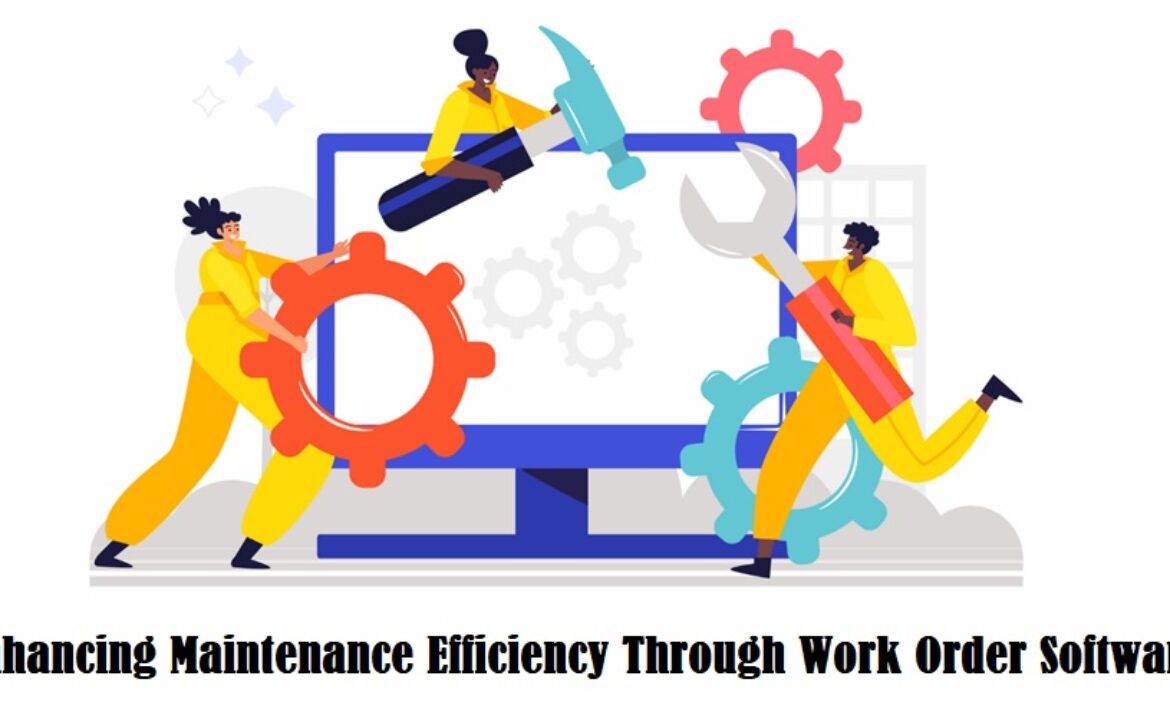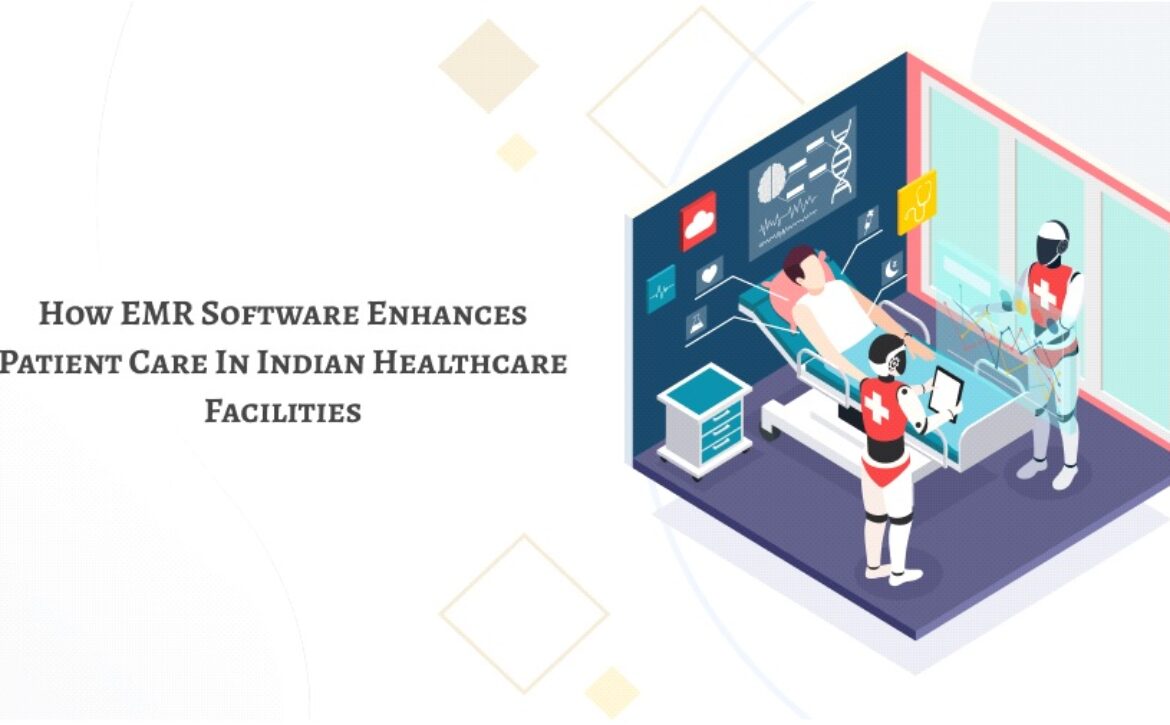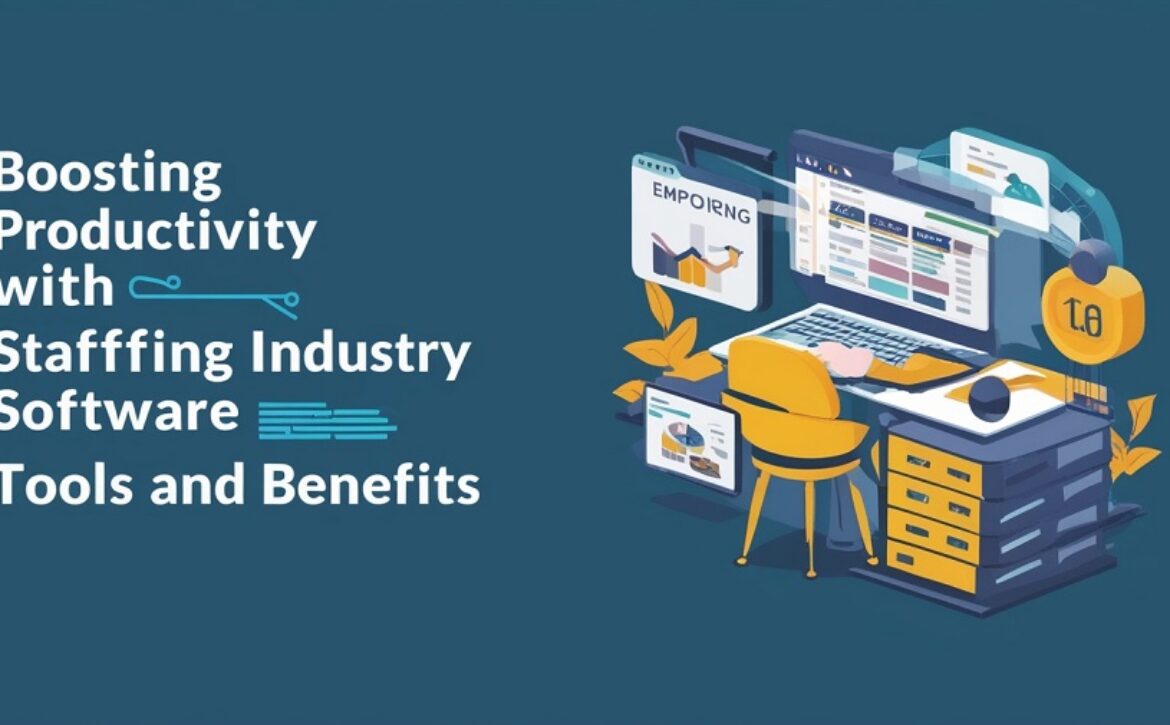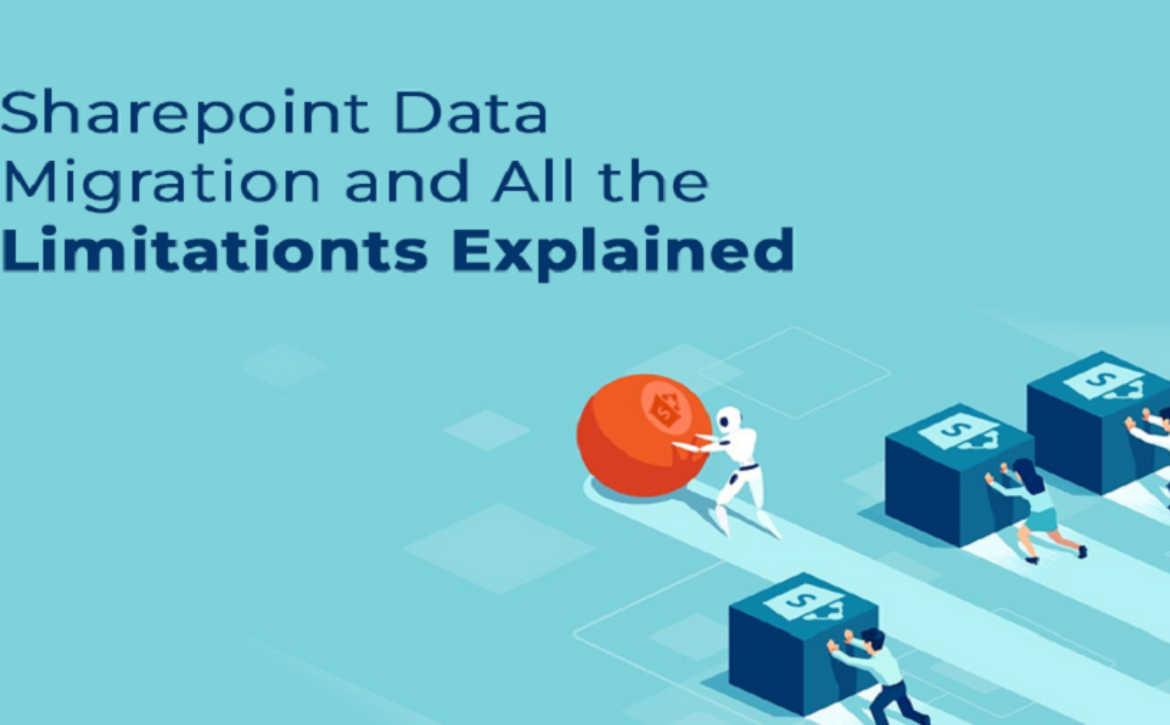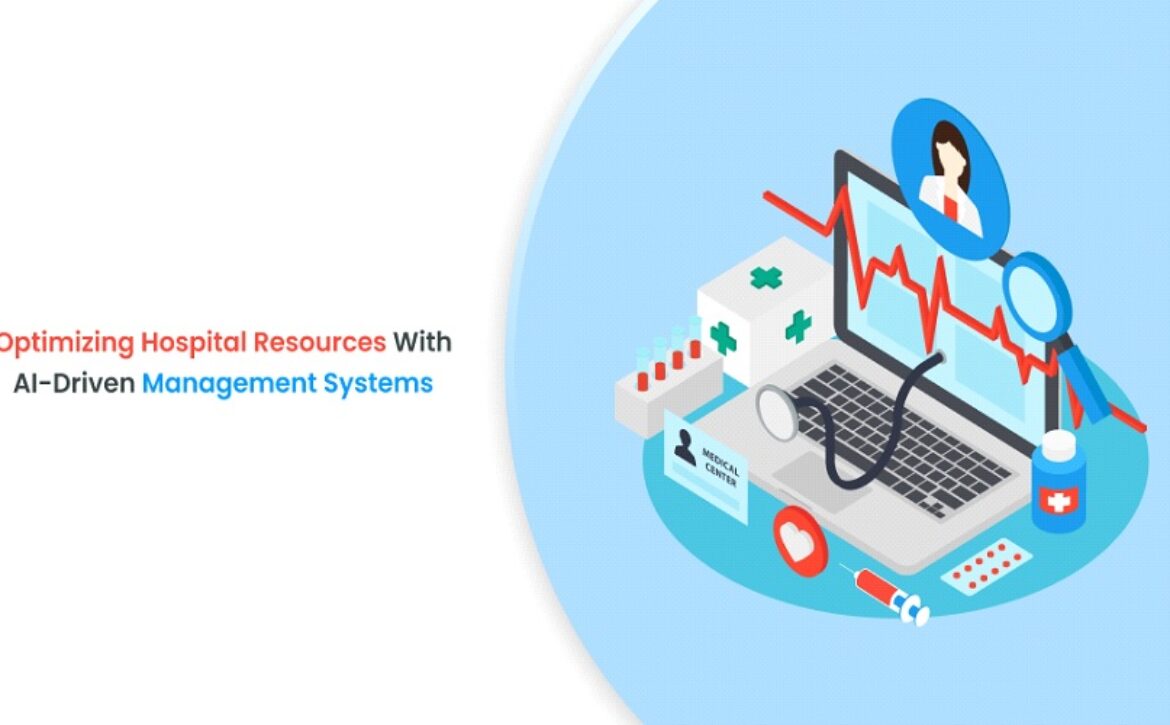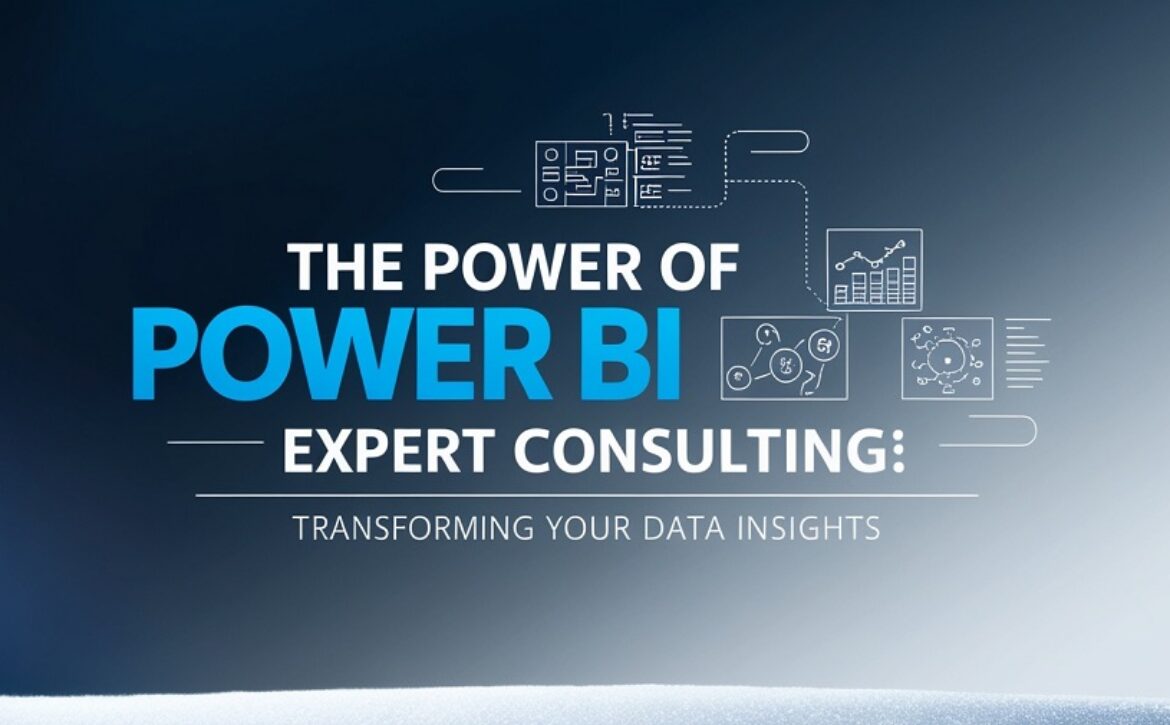Why Speed Is the New Standard for Online Experiences
Speed has always played a role in the success of digital experiences, but in recent years, it has become a defining standard. Today, users expect websites and apps to respond instantly, no matter their device, network, or location. The margin for error is slim, and even the smallest delay can have a significant impact on engagement, retention, and conversion.
But why is speed such a powerful factor? What’s happening behind the scenes of our favorite online platforms, and how can businesses and developers keep up with rising expectations?
This article will explore the critical importance of speed in modern online experiences, break down what contributes to it, and highlight how selecting the right tools can impact the online experience.
The Changing Expectations of Digital Users
———————————
A decade ago, waiting a few seconds for a website to load was normal. Now, users demand near-instant interactions. Google research has shown that 53% of mobile users will abandon a site if it takes longer than three seconds to load. Meanwhile, a delay of just one second can reduce customer satisfaction by up to 16%.
This shift in expectations is driven by a few major factors:
- Ubiquity of high-speed internet: With faster mobile networks (like 5G) and widespread broadband access, slow load times stand out more than ever.
- Rise of seamless app experiences: Platforms like Instagram, TikTok, and Spotify have set a high bar for responsiveness, conditioning users to expect immediate results.
- Search engine prioritization: Google uses site speed as a ranking factor, meaning slower sites are less visible—especially on mobile.
Speed isn’t just a nice-to-have. It’s essential to stay competitive, maintain user trust, and provide the level of service people expect.
The Business Case for Speed
———————————
Beyond user expectations, speed has direct consequences on your bottom line. Whether you’re running an e-commerce site, a SaaS platform, or a content-rich blog, performance affects every key business metric.
Here’s how speed impacts success:
1. Conversions
Users who have to wait are less likely to buy, sign up, or engage. Studies show that for every additional second of load time, conversion rates drop by an average of 4.42%.
2. SEO and Visibility
Search engines now prioritize performance. A faster site means better rankings, more impressions, and ultimately more organic traffic.
3. User Retention
First impressions count. If your site is slow on the first visit, you’re unlikely to get a second chance. Fast load times keep users coming back.
4. Reduced Support Costs
Faster platforms lead to fewer timeouts, glitches, or user frustrations, which means fewer complaints and reduced strain on support teams.
What Affects Website and Application Speed?
———————————
Delivering fast online experiences means more than compressing images or minimizing CSS files. It involves a range of factors working in harmony:
1. Front-End Performance
- Asset optimization: Reducing file sizes, compressing images, and deferring non-essential scripts help speed up initial page loads.
- Responsive design: Ensuring fast rendering on both desktop and mobile.
- Caching: Using browser and server-side caching to reduce repeated loads.
2. Back-End Performance
- Database efficiency: Slow queries can delay entire page loads.
- Server response times: High latency servers add delays to every interaction.
- Load balancing and scaling: A system that can’t handle spikes in demand will inevitably slow down.
3. Inter-Service Communication
In microservices and modern APIs, different services must constantly exchange data. The speed and reliability of that communication are critical.
This is where choosing the right developer tools comes into play. Comparing tool performance in real-world conditions can help development teams choose options that minimize latency and maximize throughput.
4. Network and Hosting Infrastructure
- Content delivery networks (CDNs): These distribute static content closer to users around the world.
- Cloud providers and data centers: The geographical location of your servers impacts latency.
- DNS resolution: Fast DNS responses contribute to quicker initial connections.
The Effects of Developer Tools on Website Performance
———————————
While design, hosting, and infrastructure get a lot of attention, the developer tools used behind the scenes can also have a major effect on speed. This is especially true when working with APIs, managing internal services, or building distributed applications.
Tools that perform poorly under pressure can introduce bottlenecks, cause slow response times, or even fail entirely during spikes in traffic.
This is why it’s essential to compare tools not just based on features, but on real-world performance. In side-by-side comparisons like postman vs insomnia, developers can examine how these tools behave under load, their throughput, and their overall reliability.
Such comparisons are not just technical curiosity—they guide smarter decisions that ultimately affect end-user experience.
Real-World Examples of Speed in Practice
To better understand how speed translates into real results, here are a few scenarios that illustrate its impact:
Scenario 1: E-Commerce Surge
A retailer running a flash sale experiences a traffic spike. A slow back end causes delays in processing orders, leading to frustrated customers and abandoned carts. Implementing a faster toolchain and optimizing service calls between platforms could have prevented the issue.
Scenario 2: SaaS Dashboard
A data-heavy dashboard takes 6 seconds to fully load, even after front-end improvements. Investigation reveals slow API calls between microservices. Swapping out sluggish components for better-performing ones—identified through performance testing—cuts load time in half.
Scenario 3: Content Site
A news platform sees decreased engagement on mobile. Pages are technically lightweight, but latency in service requests slows down article rendering. A more efficient internal routing layer improves perceived performance and reduces bounce rates.
Strategies for Maintaining Fast Experiences
Speed is not a one-time achievement—it’s a continuous effort. Here are a few best practices to keep your platform quick and responsive:
- Implement continuous monitoring: Use real user monitoring (RUM) and synthetic testing to spot performance issues before they escalate.
- Optimize at every layer: Performance should be addressed in design, development, infrastructure, and even content strategy.
- Use performance data to guide choices: Don’t rely solely on feature lists. Tools give real benchmarks to inform your decision-making.
- Test under pressure: Load test your system with realistic traffic to ensure it holds up under demand.
The Last Word
Speed is no longer a luxury—it’s a baseline expectation. In a competitive digital environment, how fast your site or app loads can make the difference between gaining a customer or losing one. From front-end polish to the performance of your developer tools, every component matters.
Modern users don’t just want fast—they demand it. And that demand is only growing.



